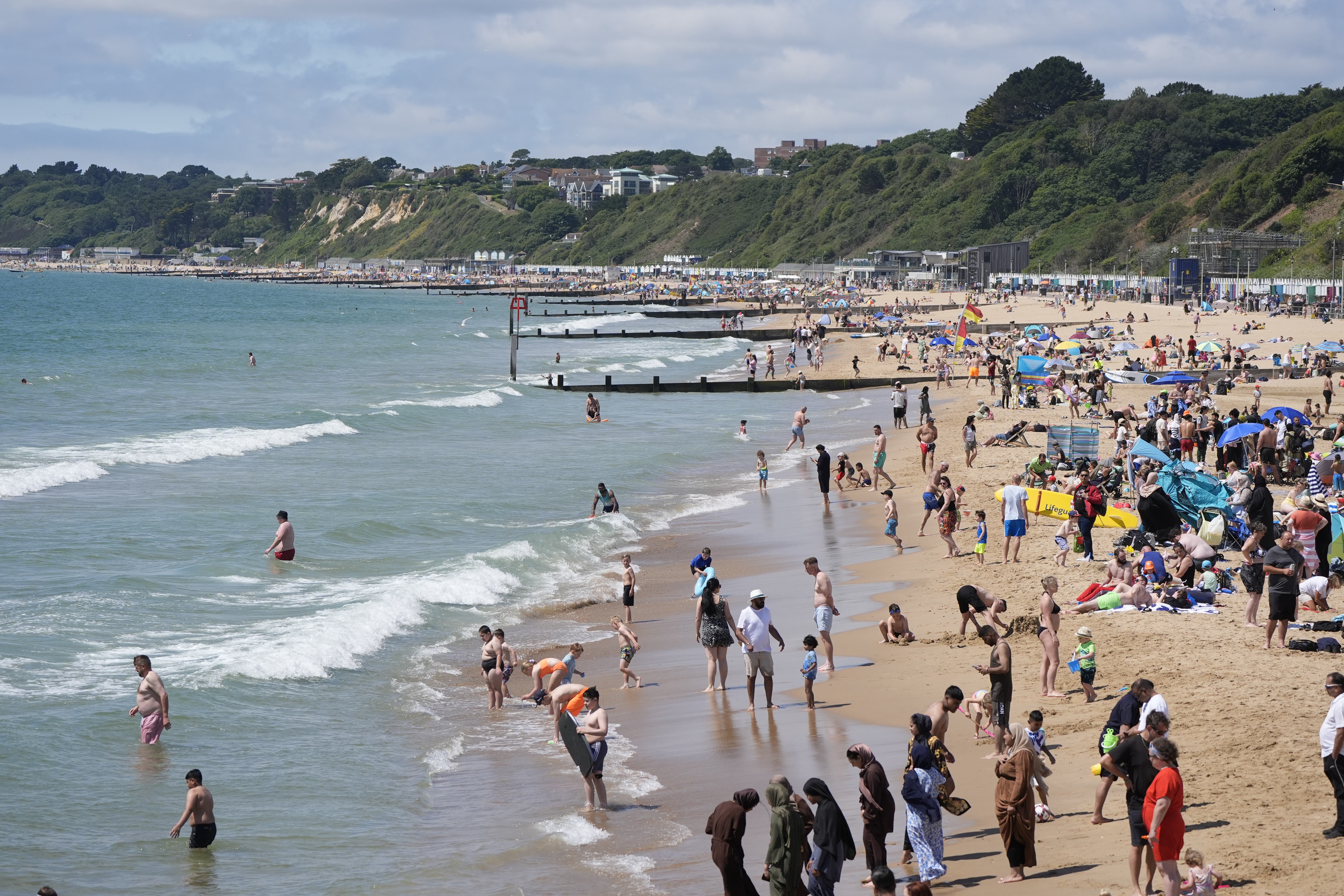Bournemouth drownings inquest told of three previous ‘mass casualty rescues’
Joe Abbess, 17, and Sunnah Khan, 12, died when they got caught in a rip tide at the seaside resort on May 31 last year.

Your support helps us to tell the story
From reproductive rights to climate change to Big Tech, The Independent is on the ground when the story is developing. Whether it's investigating the financials of Elon Musk's pro-Trump PAC or producing our latest documentary, 'The A Word', which shines a light on the American women fighting for reproductive rights, we know how important it is to parse out the facts from the messaging.
At such a critical moment in US history, we need reporters on the ground. Your donation allows us to keep sending journalists to speak to both sides of the story.
The Independent is trusted by Americans across the entire political spectrum. And unlike many other quality news outlets, we choose not to lock Americans out of our reporting and analysis with paywalls. We believe quality journalism should be available to everyone, paid for by those who can afford it.
Your support makes all the difference.The beach where two youngsters drowned after being caught in a rip tide had experienced three “mass casualty rescues” during the two previous summers, an inquest has heard.
Joe Abbess, 17, and Sunnah Khan, 12, drowned and eight other people were treated by paramedics after being rescued next to Bournemouth pier in the Dorset seaside resort on May 31 last year.
Peter Dawes, the RNLI’s general manager of lifeguard operations, told the Bournemouth hearing there had been three rescues involving five or more casualties during the summers of 2021 and 2022.
He said the first incident involved 18 people being rescued on August 30, 2021 and the second involved eight people on July 17, 2022, while 16 people were rescued on August 13, 2022.
Mr Dawes said all three incidents were classed as “assists” rather than more serious “life-saved” rescues.
He said the last beach safety audit at Bournemouth beach, owned by Bournemouth, Christchurch and Poole Council (BCP Council), was carried out on December 4, 2020.
The hearing was told a “topographically-constrained rip” was identified as “high risk” in the safety audit, with the recommendation given of improved signage.
Coroner Rachael Griffin said the report showed “there was a known risk to life with beach rips” and added that at the time there was not any signage on the dangers of rip currents.
Mr Dawes said: “The overall rating of the beach is relatively low hazard,” but he added there is an “elevated risk” under windier and higher wave conditions.
He added that although Bournemouth is one of the busiest in the country, it is a “relatively safe beach”.
Ms Griffin asked Mr Dawes if the three previous incidents should have triggered a heightened risk level for the beach.
He replied: “Not necessarily, it’s essentially the fact these hazards exist which is why the lifeguard service is in place.”
Mr Dawes said seven qualified lifeguards were on duty on the beach – three on the east side of the pier and three on the west side plus a supervisor – on the day of the incident.
He added further lifeguards, including watercraft units, from other beaches were scrambled to assist once the seriousness of the incident was realised.
The inquest heard that following the 2020 report, there was a subsequent review of signage, delayed by the Covid-19 pandemic, carried out by the RNLI on behalf of BCP Council between 2022-23 which was sent to the local authority in March 2023, two months prior to the fatal incident.
This review recommended additional warning symbols for “beware of strong currents” and “keeping children under supervision”.
The parents of the two youngsters have questioned the lifeguard response to the incident and whether better signs should have been in place warning of the risk of rip tides by the pier, as well as providing safety advice for swimmers.
The inquest continues.